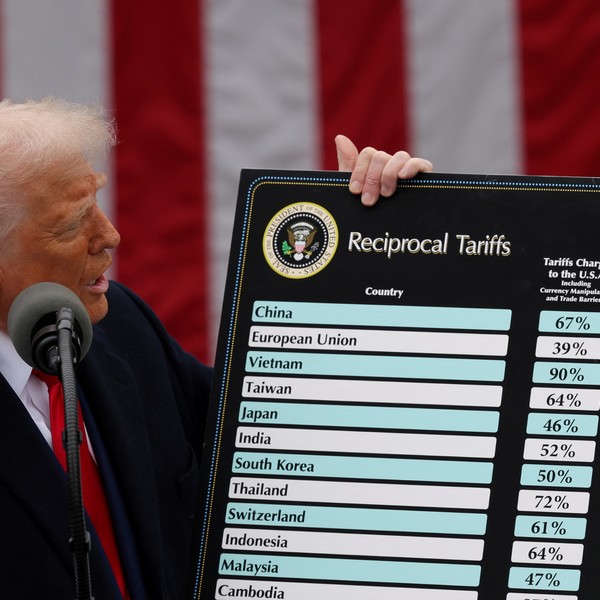
21 Aug Maximum tariffs: Trump’s new trade challenge and its impact on the U.S. economy
Since returning to the White House, Donald Trump has implemented a tariff policy unprecedented in decades, with increases that have brought the average effective rate on imports to 18.2%, the highest level since 1934. The new tariffs, ranging from 10% to 41% for countries without an agreement with the US, have tripled revenue from these items, reaching US$28 billion by June 2025. The Congressional Budget Office estimates that, if maintained, they could reduce national debt by US$2.5 trillion over the next decade. However, it also warns that slower economic growth and lost revenue from tax cuts could offset the long-term benefits.
In the trade arena, the strategy has had mixed effects. Although Trump sought to reduce the trade deficit by limiting imports, the initial result has been the opposite: in March 2025, the goods deficit reached a record US$162 billion, driven by a sharp increase in foreign purchases before the tariffs went into effect and by weak export growth. China, the main target of the trade war, reduced its sales to the US by 11% in the first half of the year, but has diversified into other markets such as India, the EU, and Southeast Asia. This reconfiguration has benefited competitors such as Brazil, which has significantly increased its soybean exports to Beijing, displacing American farmers.
Domestically, tariffs are beginning to be reflected in consumer prices. Goods such as appliances, computers, toys, books, and sporting goods have seen notable increases, according to Harvard University’s Pricing Lab, which observes a faster rise in products affected by tariffs than in those not affected. Although prior inventory stockpiling helped contain prices in the first half of 2025, analysts warn that inflationary pressure could intensify if the measures persist, making it difficult for the Trump administration to achieve its central objective: reducing the US structural trade deficit, which is driven more by domestic imbalances than by unfair trade practices by other countries.
Source:
5 charts showing the impact of Trump’s tariffs on the US economy in 2025, https://www.bbc.com/mundo/articles/c93dgl6w7qdo.amp
